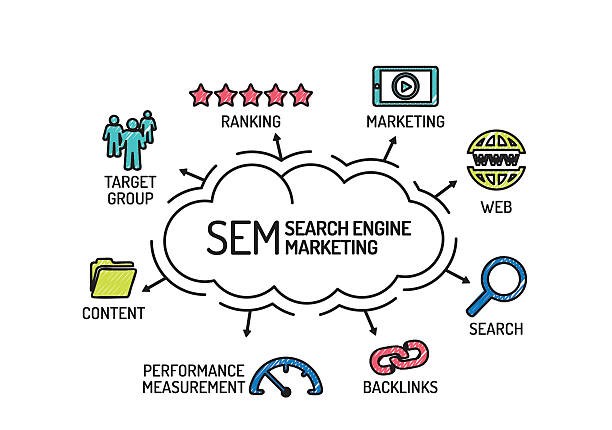
Mastering Content Optimization in WordPress: Best Practices
Creating high-quality content in today’s digital landscape is essential, but optimizing that content for search engines and user engagement is equally important.
This guide outlines key practices to ensure your WordPress content stands out and performs well.
- Understand Your Audience
Before creating content, identify your target audience. Understanding their needs, interests, and pain points will help you produce relevant and engaging content. Use tools like Google Analytics and social media insights to gather demographic data.
- Keyword Research
Effective content optimization starts with keyword research. Use tools like:
- Google Keyword Planner
- Ahrefs
- Ubersuggest
Focus on long-tail keywords that are specific and relevant to your content. These keywords often have less competition and higher conversion potential.
- Crafting Compelling Meta Titles and Descriptions
Meta Title: Keep it under 60 characters, include your primary keyword, and make it enticing.
Meta Description: Write a concise summary (150-160 characters) that includes the target keyword and encourages clicks.
Example:
- Meta Title: “Mastering Content Optimization in WordPress: Best Practices”
- Meta Description: “Discover essential tips for optimizing your WordPress content to boost visibility and engagement. Learn best practices now!”
- Use of Headings
Utilize headings (H1, H2, H3) to organize your content. This not only improves readability but also helps search engines understand the structure of your content.
- H1: Title of the post (only one per page)
- H2: Main sections (e.g., “Keyword Research”)
- H3: Subsections (e.g., “Tools for Keyword Research”)
- Optimize Images
Images can enhance user experience and slow down your website if not optimized. Follow these tips:
- Use descriptive file names (e.g., content-optimization-tips.jpg).
- Include alt text with relevant keywords.
- Compress images using tools like TinyPNG or Smush to improve loading times.
- Internal and External Linking
- Internal Links: Link to other relevant posts on your site. This keeps visitors engaged and helps search engines crawl your site more effectively.
- External Links: Link to authoritative sources to provide additional value and context to your readers.
- Mobile Optimization
With significant web traffic coming from mobile devices, ensure your site is responsive. Use a mobile-friendly theme and test your site on various devices to provide a seamless user experience.
- Regular Content Updates
Search engines favor fresh content. To stay relevant, regularly update your posts with new information, statistics, or insights. Consider revisiting older posts to refresh content and optimize for current SEO practices.
- Monitor and Analyze Performance
Use tools like Google Analytics and Search Console to track the performance of your content. Monitor metrics such as:
- Organic traffic
- Bounce rate
- Average session duration
This data will help you understand what works and what doesn’t, allowing you to refine your content strategy.
Conclusion
Mastering content optimization in WordPress is an ongoing process that requires attention to detail and a commitment to improvement. By implementing these best practices, you can enhance the visibility of your content, engage your audience effectively, and ultimately drive more traffic to your site.


